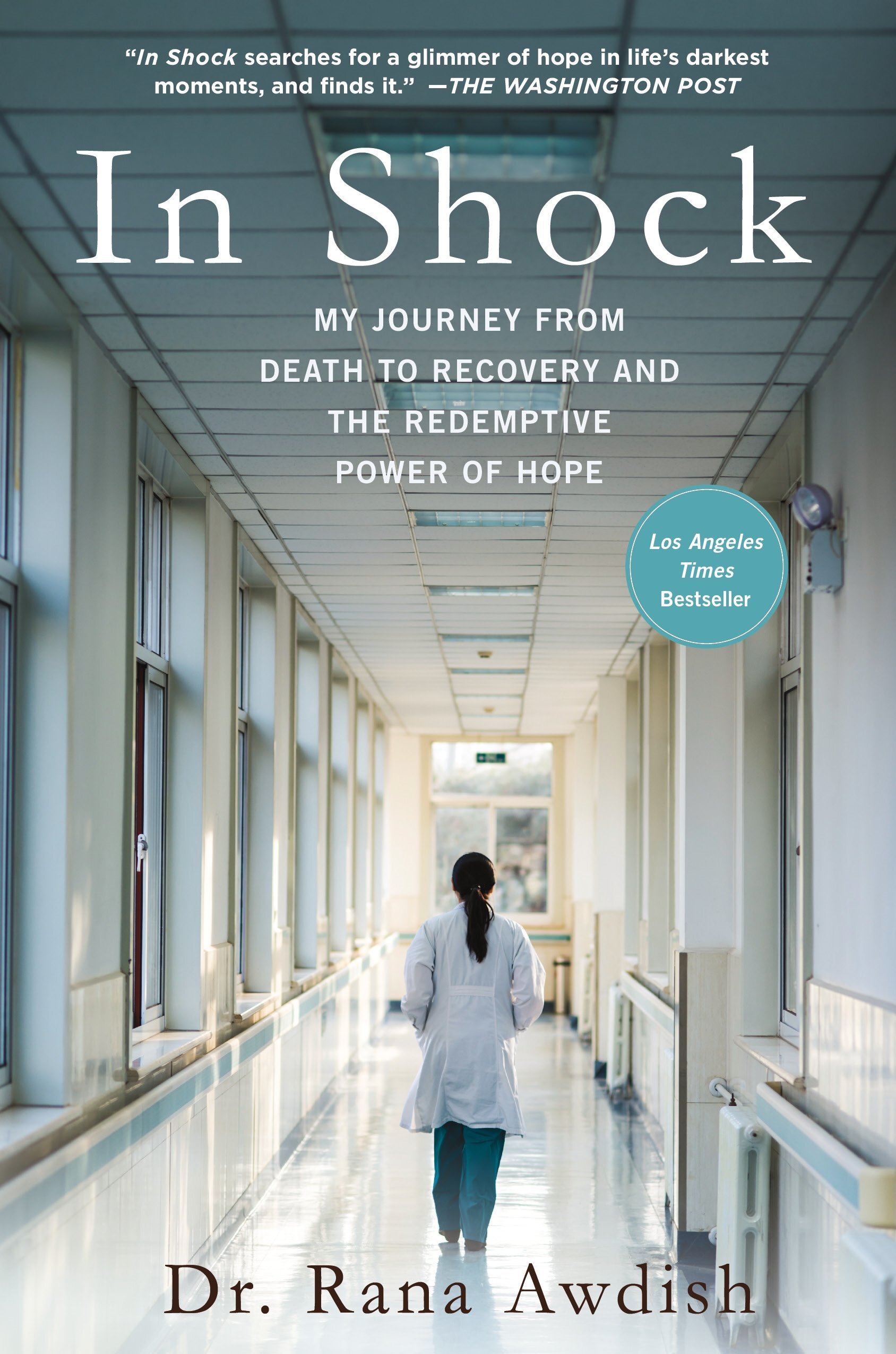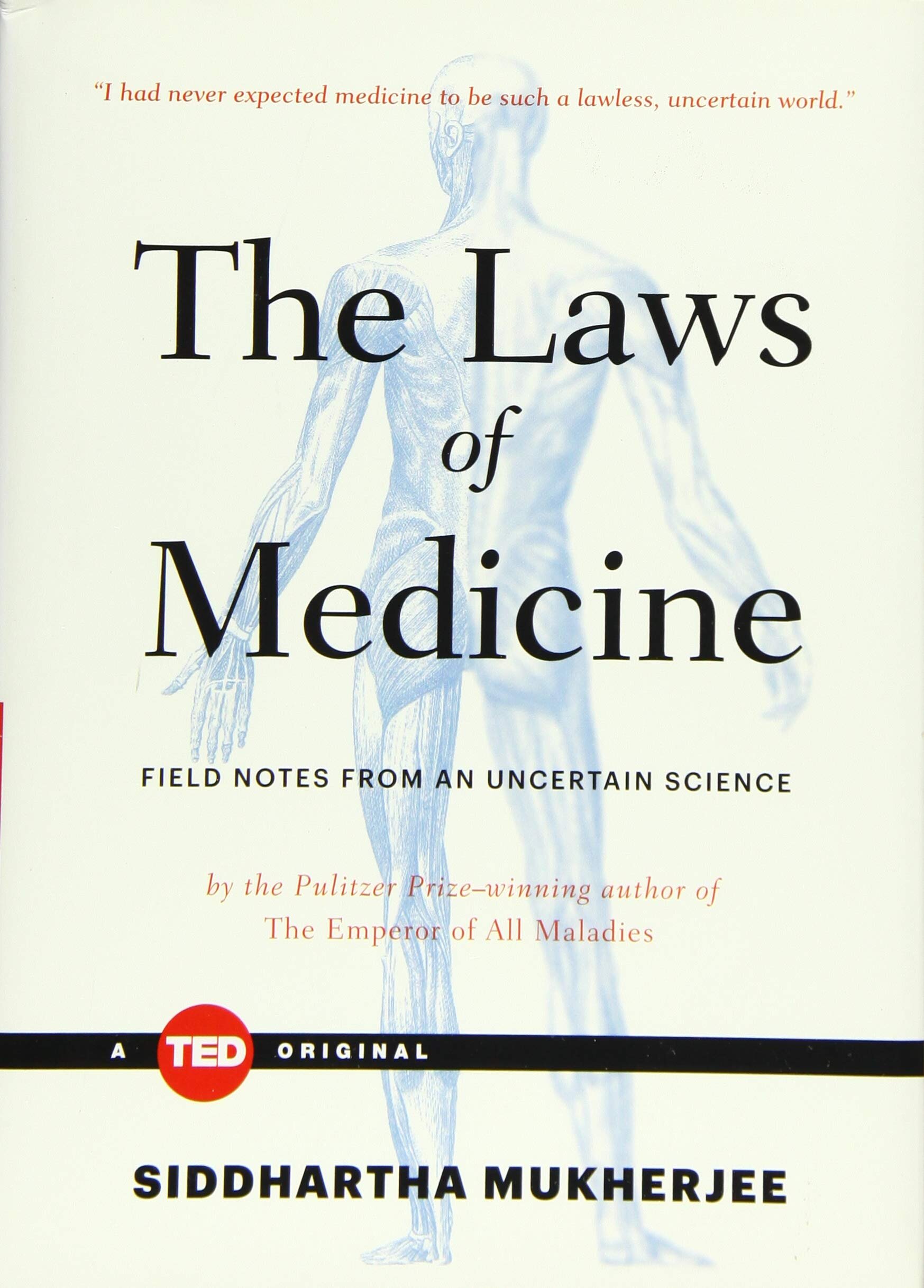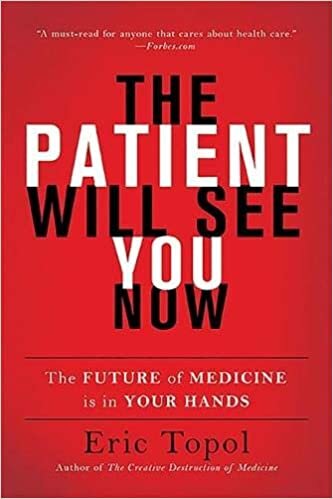Starting in 2015, NephJC has orchestrated a summer book club where we try to cajole the #NephTwitter community to slow down and read a book for once. So far, all of the choices have been written by doctors (two by nephrologists!) and all of them have provided insights into the profession of doctoring that only come from an experienced practitioner and often aided by an intensely personal or harrowing experience.
This year’s book is "When Death Becomes Life, Notes from a Transplant Surgeon which is an intimate exploration of the history of transplantation sprinkled with tales from Dr. Mezrich’s training and practice. It is a great read filled with information, drama, and tension. Mezrich is a gifted writer who has done deep research into the history of transplantation, including a trip to visit an aged Dr. Starzl to meet and interview one of the legends of transplant.
Reading the book it struck me that by the time I started my medical journey in 1991, the pioneers had finished mapping out the territory called Nephrology. All the fundamental pieces of modern nephrology practice were already in place:
Kidney biopsy was common, safe and interpretable complete with sophisticated stains, immunofluorescence, and electron microscopy
Dialysis had been routinized, funded and commercialized
Renal anemia had been conquered with recombinant DNA technology, giving hints of fantastic medications to come
Transplant, with the introduction of cyclosporin A, had finally jumped from science experiment to an acceptable and in some ways ideal solution to kidney failure.
The pioneers had finished with nephrology and I was training to be one of the settlers, to simply pave the roads, build the towns, and hopefully turn the recently fully defined territory of nephrology into an established and functional state. All of these explored regions of nephrology were not even that new. I didn’t need to read about them in emerging journal manuscripts, but they were all well described in dusty textbooks. It was easy to be deluded into thinking that they had always been there. Mezrich blows up any notion that transplant is a long established and static technology. He provides the step by step history of transplant and lays out how a technology as complex as transplant was not a single discovery. It was not a single institution. Transplant, despite the grandiosity of that oil painting of Murray’s twin to identical twin transplant in 1954, was never a single finish line.
Mezrich walks the reader through the earliest steps to transplant starting with the seemingly banal surgical accomplishment of Carrel’s sewing blood vessels together. This required innovation in technique and tools. Carrel borrowed from local haberdasheries as well as the world famous embroideress, Madame Leroudier. Carrel ultimately won the 1912 Nobel prize for his work on blood vessels but he also accomplished the earliest work on transplantation and described organ rejection.
While Mezrich continues to describe the unfolding developments in transplant bouncing from the United States, to the United Kingdom, to Nazi occupied Holland, to France, and South Africa as ambitious scientists and surgeons discovered, researched, and knocked down barrier after barrier. But what separates this from just another history of medicine text is that he takes a page from Siddhartha Mukherjee’s Emperor of All Maladies, and injects his own stories into the tale. Dr. Mezrich provides context by describing his patients (both donors and recipients), his triumphs and his failures. It is raw and it is personal and it stings of the truth that we all live as doctors. Who hasn’t laid awake rerunning all the steps they went through taking care of a confusing patient trying to puzzle out what is going on? While writing a memoir is by definition somewhat self-aggrandizing, Mezrich writes with a humility that is profoundly relatable. Some of the most memorable moments are describing the first patient he killed or the dressing down he got from a particularly hard (but fair?) senior resident…
The next two hours were incredibly painful for me—at every step, Charlie demonstrated to me that I had no idea how to operate. And then, in an act of brutal honesty that actually changed the course of my training for the next decade, he said, “Wow, Mezrich, you really have no idea what you’re doing in here. Everyone thinks you are this good resident, but I don’t think you’ve learned anything about operating in the last two years. You are way behind everyone in your class.”
I knew he was right, and deep down, his words made me nervous. So, I took them to heart. After that, no matter how late I got home or how early I had to get up the next morning, I prepared for the next day’s cases. I bought a surgical atlas and went over the steps of each case. I tried to perform each operation in my mind. I was also more aggressive about trying to get in the OR, and I stopped joking around once there. Also, I honestly assessed how well I understood the cases after we were done. Surgical learning needs to be active. As much as I (and everybody else) feared Charlie, I owe him a big debt of gratitude. He woke me up to what it means to learn how to be a surgeon. If you are reading this, thanks, Charlie. Though you’re still an asshole.
The stories of the recipient and donors are profoundly personal and touching. One of the most interesting sections of the book actually had more to do with liver than kidney transplant. Mezrich tackles the issue of liver transplants in patients with alcoholic liver disease. This had been taught to me as a black-and-white story but this fiction quickly fell apart as Mezrich walks the reader through the inherent problems with a 6-month sobriety rule that I had thought was one of the Ten Commandments. He talks about how his transplant program failed a young woman who turned to alcohol after a traumatic sexual assault in college. The alcoholism burned out both her native and a transplanted liver,
Lisa didn’t die of liver disease; she died of mental illness. She was addicted to alcohol, which she’d likely turned to in response to anxiety, unrecognized PTSD, and a genetic predisposition to addiction. When we put a new liver in her, this simply reset the clock. It didn’t do anything to treat her disease. In some ways, this is a microcosm of how our whole health care system works. We celebrate, and pay for, the big, sexy interventions—the operation, the cardiac catheterization, the heroic treatment that is technically challenging and potentially risky. But what really matters, and yet what our health care system doesn’t prioritize, is the day-to-day caring for chronic disease, the incremental, preventative care that can avert transplant altogether. Alcoholism is never actually cured. It can be managed, it can go into remission, but it is always there.
One of the surprises in the book is the attention and care he brings when writing about the donors and their families. Mezrich realizes and respects how the entire field of transplantation rests on the shoulders of donors and he humanizes them even though their role requires that the person in them has gone. While he does this in a number of personal stories he was involved with, he even takes the time to include them in the historical description of transplant. Here is how he describes the circumstances that made Denise Darvall the donor for Christiaan Barnard’s world changing first heart transplant.
The day seemed like any other for the Darvall family. They had been invited for afternoon tea at a friend’s house and decided to stop at a downtown bakery for a cake. Edward Darvall and his fourteen-year-old son, Keith, waited in the car while Edward’s wife, Myrtle, and twenty-four-year-old daughter, Denise, ran inside to get the cake. When Myrtle and Denise left the store, they headed toward the family’s car, waiting across the street. They tried to look both ways before crossing, but a large truck blocked their view of a car being driven by a drunk thirty-six-year-old salesman. The motorist was so focused on passing the truck that he barreled right through the two women. Myrtle was killed instantly, and Denise flew through the air and landed on her head. Blood poured out of her nose and mouth. When Edward saw Myrtle’s lifeless body lying in the road, he knew she was gone. Denise seemed to be alive, though; at least, she was breathing.
I enjoyed the book. It taught me worlds about transplant that I had no idea about. It really did give me a glimpse into one of the worlds most exclusive clubs and it made me think about the ethical advances of brain death and how that has enabled transplant and how we allocate organs. It is a thoughtful and thought provoking read. I think all nephrologists should read it and I am going to lobby for it to be required reading for fellows on our transplant rotation.
Please join us on August 3rd and 4th at 9 pm to tweet about When Death Becomes Life.
Joel Topf, MD FACP
Co-founder of NephJC












